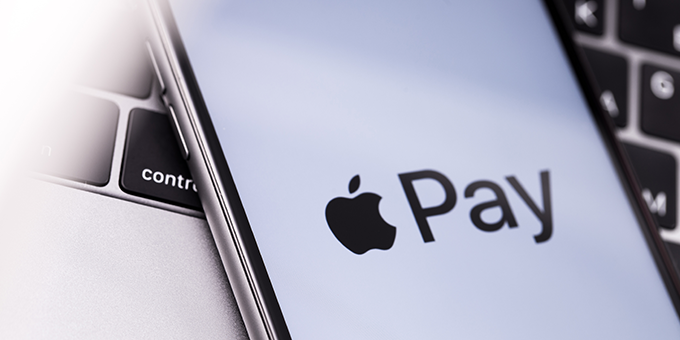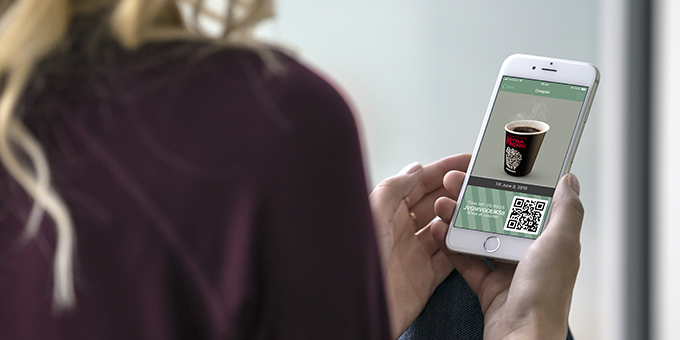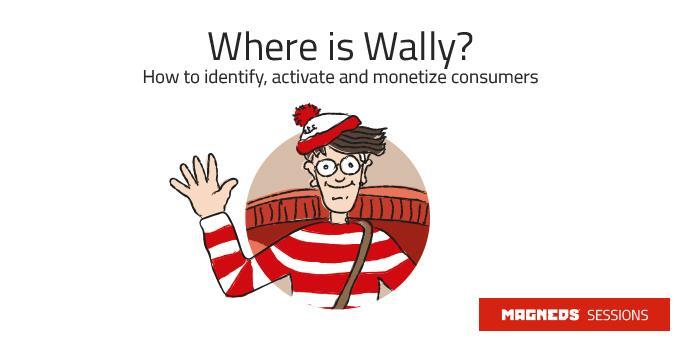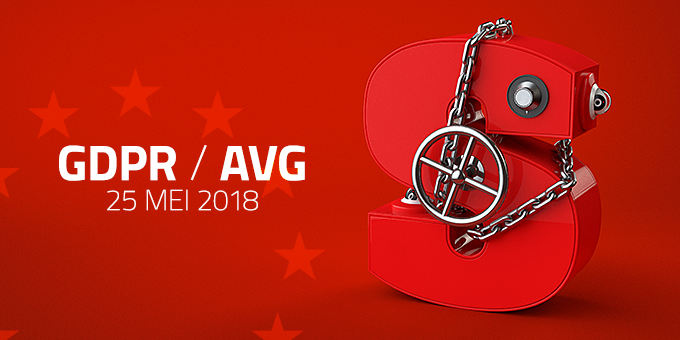Loyalty is fundamentally about psychology. That is why efficient loyalty marketing predominantly focusses on experience and motivation. The same goes for gamification: applying game-principles makes the interaction more fun and ensures that consumers want to make progress. In five steps, we are going to discuss how you can apply gamification in order to increase customer loyalty. Many loyalty programmes are still focussed on generating extra discounts for loyal customers. Even though this could be justified by low marketing costs for existing customers, you will not set yourself apart from your competition. A better priced offer from your competitor could be enough for you to lose your customers. By shifting the focus from price to experience, you will be unique and distinctive, because customers are reminded of their motivation. Gamification is an ideal approach for this.
Step 1: Objectives and Desired Behaviour
With gamification, you use game-principles in order to achieve your business objectives. It is a tool, just like a loyalty programme, which you can implement in order to stimulate loyal behaviour. With loyalty marketing, the ultimate customer objectives should always come first: What do you want to achieve with your customers? What behaviour do you want to stimulate? Thereon you can look at the game-mechanisms you’ll need in order to achieve the desired behaviour.
A recent example is the use of gamification by Webhelp, the company that is in charge of KPN’s service department. With a virtual environment, the focus is directed at the Net Promotor Score, among other things. In this case, gamification is applied to motivate employees to provide better customer service.
Step 2: Psychological Principles and Game-design Elements
With brand loyalty, consumers deliberately choose a brand time and time again. Differences in price, availability or quality are – up to a certain point – ignored. Preference is predominantly based on intrinsic motivation, and not so much on extrinsic motivation. Consumers experience added value when they continually purchase goods or services from one specific brand. Just like a game you can’t stop playing. The same psychological principles go for gamification and loyalty programmes: saving points, challenges, badges, rankings, competition and collaboration, and progress (new levels, upgrades, higher scores).
The free app Nike+ Running, keeps track of your walking speed and the amount of calories you burn. With this, users can earn points and badges and challenge other users. Nike creates the ideal fantasy world in which recreational athletes can perform like professional athletes. Facilitated with Nike-products which are thus evidently used.
Step 3: Tell a Story
One of the strongest mechanisms is storytelling: it illustrates, it helps you memorise information, and it creates involvement and emotional commitment. Storylines provide experiences. As Seth Godin once said: “People do not buy goods and services. They buy relations, stories and magic.” It is an important advantage for a brand to already have a good story: being able to apply gamification for enhanced loyalty doesn’t require a complete new dialogue. Ideally, it is better to tell the existing story which consumers can experience in a new and exciting way. Gamification can take the storyline to the next level with expression, collaboration and performance.
A story doesn’t have to be grandiloquent: brief and to the point is better. The brand story of Airbnb is a story about people of different backgrounds coming together. With status, feedback and reviews, that link gets ‘gamified’, which ultimately will result in a better brand experience. A contributing psychological factor is that people always want to be on their best behaviour, which naturally shapes the story.
Step 4: Implement
Don’t let your customers become members automatically, as ING does with their interest points: involvement will be greater when people sign up themselves. Create an integrated platform where customers can sign up, where communication is managed, and where all interaction is recorded. Customers expect an integrated whole. Retrace the entire customer journey and see where customers would expect the loyalty programme, so you can fully integrate it.
Step 5: Keep Optimizing
Gamification provides users with the motivation to commit themselves to a brand in the long term. A loyalty programme is an ongoing dialogue, which is why you should monitor all interaction and feedback in order to keep optimizing the programme. Monitor motivations and the subsequent behaviour: How exactly is the motivation established? To what extent is the motivation extrinsic or intrinsic? Which motives can you influence? What can you add to or remove from certain sensitives? In his book Flow: the Psychology of Optimal Experience, psychologist Mihaly Csikszentmihalyi describes how too much challenge leads to frustration and how too little challenge leads to boredom. Especially in the long term, continuing to challenge your users is a challenge on itself.
Customer Satisfaction
Gamification is an excellent way to induce the first engagement, because it doesn’t focus on transactions. However, implementing gamification also comes with the risk of existing intrinsic motivation being replaced by new extrinsic motivation. For instance, think of a child who loves to draw, suddenly gets rewarded for it, and then stops drawing when there is no more reward. Ultimately, gamification should ensure loyal customers. For instance, shoe retailer Zappos rewarded their loyal customers with a VIP-programme: they received badges and points for writing reviews and shopping frequently. It was completely unclear, however, when they would receive points and badges, which led to the gamification impairing the full experience. That is why you should always identify customer satisfaction as a KPI. Because customer loyalty is still the main objective.
Also published on Emerce.nl






